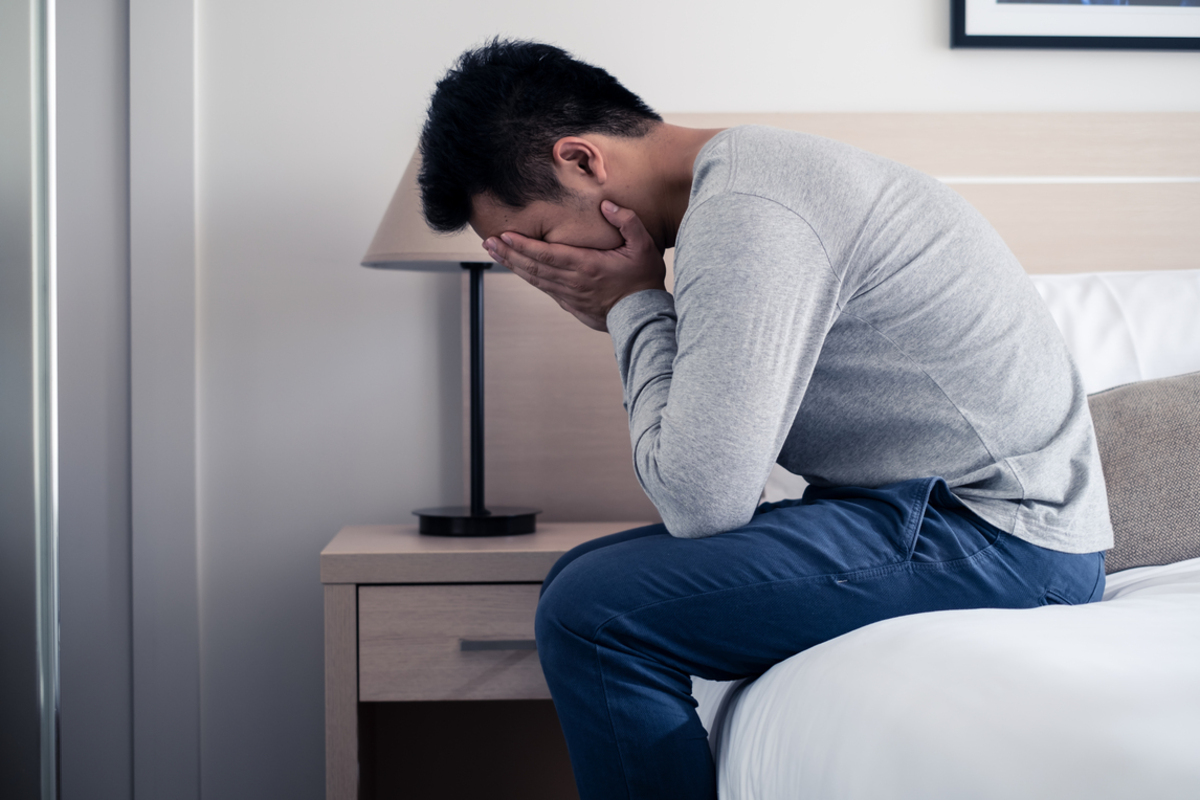Bipolar disorder (BD) is a disease that affects more than six million of people in the US alone, and over 46 million people worldwide, according to data from 2017. It might sound scary, but bipolar disorder can be one of the most life-threatening mental disorders, having in mind that the life expectancy of people with this illness is nine to 13 years lower when compared to the general population.

What is bipolar disorder?
Bipolar disorder consists of two main episodes — mania and depression. People with bipolar disorder can live somewhat normally but with efforts that involve therapy sessions, medication, a healthy diet, and a strict lifestyle without major stressors and triggers such as too much caffeine or alcohol.
The condition is sometimes also called manic depressive illness or manic depression. A few studies have shown that the depressive phase is more common than manic periods and it usually comes with a higher risk of impaired functioning than mania. Even though both episodes are difficult in their own ways, depression is considered much more dangerous and distressing than mania because of the ever-present risk of suicide.
What's Typical for a Depressive Episode?
According to the DSM-5 and their standard criteria for diagnosing bipolar disorder, at least five of the symptoms must be present in a person for at least two weeks for the episode to be classified as depressive:
- Feeling depressed every day for most of the day, as observed by you or someone else
- Losing pleasure in almost all activities that felt nice before
- Losing a lot of weight without meaning to
- Not sleeping well or sleeping too much
- Psychomotor retardation or agitation
- Feeling drained all the time
- Feelings of guilt and worthlessness
- An inability to concentrate and make decisions
- Thinking about death without a specific plan, or thoughts about suicide
People can be intensely sad due to a loss of a loved one, a pet, property, war, or a natural disaster, and it may resemble depression a lot. This is why diagnosing bipolar disorder requires clinical evaluation based on the individual's personal and family history.
Bipolar disorder usually first presents itself with mania that lasts for two to four months on average, followed by a depressive episode of eight months, but it can appear in other combinations too; there’s no rule.
Misdiagnosis: Differences between depression and bipolar disorder
Bipolar disorder is easy to confuse with clinical depression, since they both come with depressive episodes. The main difference is that depression is a unipolar disease (meaning it only has one pole or "downs") while bipolar disorder comes with two sides ("ups" and "downs").
It is hard to diagnose bipolar disorder at first, especially in patients who initially show depressive traits. This is why the disease is often wrongly diagnosed and treated as unipolar depression until much later when manic or hypomanic symptoms start to appear.
Unipolar — or "regular" — depression can also be followed by a few (hypo)manic-like symptoms which can lead to confusions, but these symptoms are not so intense to meet the criteria for bipolar disorder. People with bipolar disorder are likely to abuse alcohol or drugs to make themselves feel better. Substance abuse is a diagnosis on its own, which makes diagnosing bipolar disorder even harder.
How is bipolar disorder treated?
Besides medication, it's recommended that a person with bipolar disorder attends some form of therapy with a professional counselor, especially after depressive episodes. It can be cognitive behavioral therapy, family-focused therapy (FFT), or any other form of talk therapy, because bipolar disorder is difficult to manage without addressing the specific stressors that triggered the episode. An expert can help with family conflicts and stigma, especially if you choose FFT and bring your relatives to the sessions. If you’re going through bipolar disorder alone, without treatment, you risk losing everything you love and even your life.
Bipolar disorder requires lifelong treatment with psychotherapy, medication, or a combination of both. Cognitive behavioral therapy shines in finding the triggers and patterns of depression as well as mania and allows you to be prepared for upcoming episodes.
Medication is also effective, but the treatment varies from person to person and it is hard, in some cases even impossible, to find the right drug or combination of them that won’t cause relapses and side-effects. Lithium is a common option in the treatment of bipolar disorder. Even though it’s been in use for more than 60 years, patients still report side effects such as kidney problems, blurred vision and difficulties walking, among others.
As reported by bipolar disorder community, once you find medication that your body can tolerate, it’s definitely worth the whole effort.
- Photo courtesy of SteadyHealth


Your thoughts on this